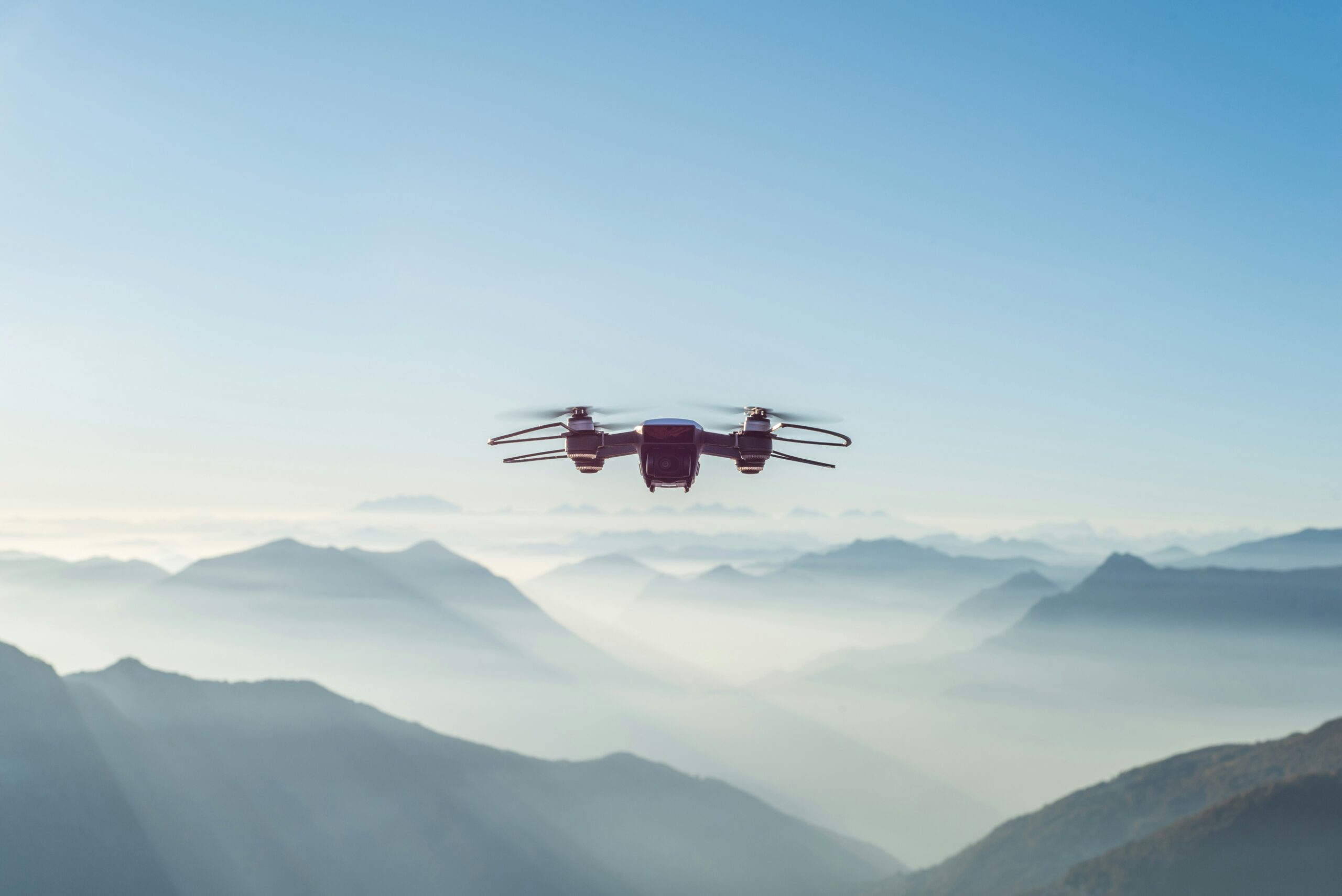CE marking and drones

What is CE marking?
The CE mark is affixed to products that comply with safety, health and environmental protection standards in accordance with European directives. This certification is based on the self-declaration of manufacturers, who must carry out laboratory tests to prove compliance.
EC directives applicable to drones
To affix a CE mark, the manufacturer must identify the directives applicable to its product. For electronic and remotely piloted drones, current directives include:
- RED Directive (radio equipment)
- Low voltage directive (electrical safety)
- EMC Directive (electromagnetic compatibility)
- ROHS and REACH directives (composition of materials)
- WEEE directive (battery management)
Drones marketed with a CE mark have generally passed tests to prove their compliance with these directives (non-exhaustive list).
Class marking, a specificity for drones
Class marking applies to certain types of drone and is based on European Regulation 2019/945. In addition to CE marking, it imposes specific requirements on drones, such as noise or weight limits. For example, a drone weighing more than 900 grams cannot obtain Class C1 marking, which imposes strict safety criteria.
Today, class markings apply to two categories of drone:
- Drones authorised to fly in the ‘open’ category.
- UAVs authorised to fly in standard European scenarios.
UAVs without class markings automatically fall into the ‘specific’ category. They can be used by obtaining either:
- SORA authorisation (risk analysis and operational certification).
- PDRA authorisation (risk analysis prepared in advance).
Modification of a CE-marked UAS
A UAV CE marked by a manufacturer is compliant only if it remains in the configuration specified by the manufacturer. If non-approved components are added, the CE marking becomes invalid. Responsibility for compliance then lies with the operator or the company that carried out the modification, which must carry out tests in accordance with the applicable directives.
Exceptions to CE marking
Certain exceptions allow drones to be used without CE marking:
- Drones not marketed in the EU: For example, a drone manufactured and sold only in Switzerland can avoid CE marking, while still complying with national standards.
- UAVs with a design verification report issued by EASA: This includes UAVs complying with SORA scenarios at SAIL levels IV to VI.
- Drones certified to aviation standards: Aircraft certified to standards such as CS25 do not require CE marking.
SORA and CE marking
Flying a non-CE-marked drone is possible under SORA, but only in specific cases (e.g. EASA-certified drones). For most SORA operations, CE marking is still compulsory.
Warning: some companies shortcut the process and confuse the DVR requirements (see exceptions above) with those of a conventional SORA analysis. Make sure your drone is compliant before any operation.
Buyer's liability
It is the purchaser’s responsibility to check the conformity of the products purchased. Consumers are generally well protected, but orders from outside the EU (e.g. via TEMU) can pose problems. Importing non-compliant drones may result in penalties or prosecution in the event of an accident.
To avoid risks:
- Do not modify your UAS without the manufacturer’s agreement.
- Make sure that your drones carry a CE mark and, if necessary, an appropriate class mark.
